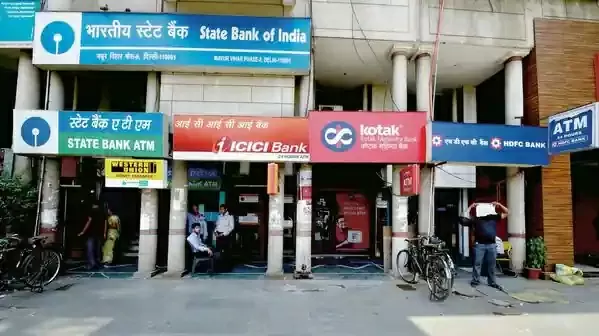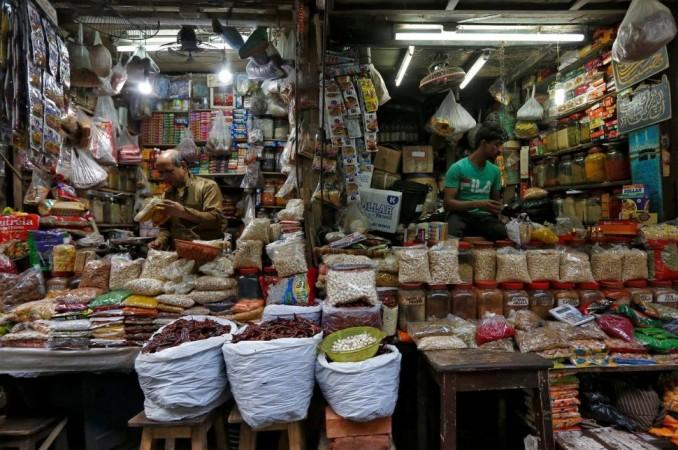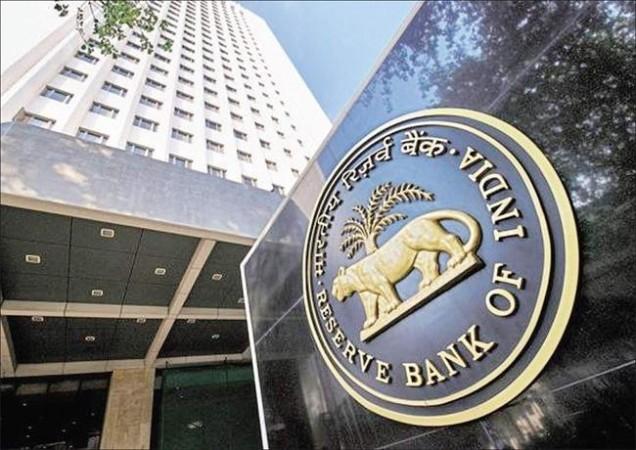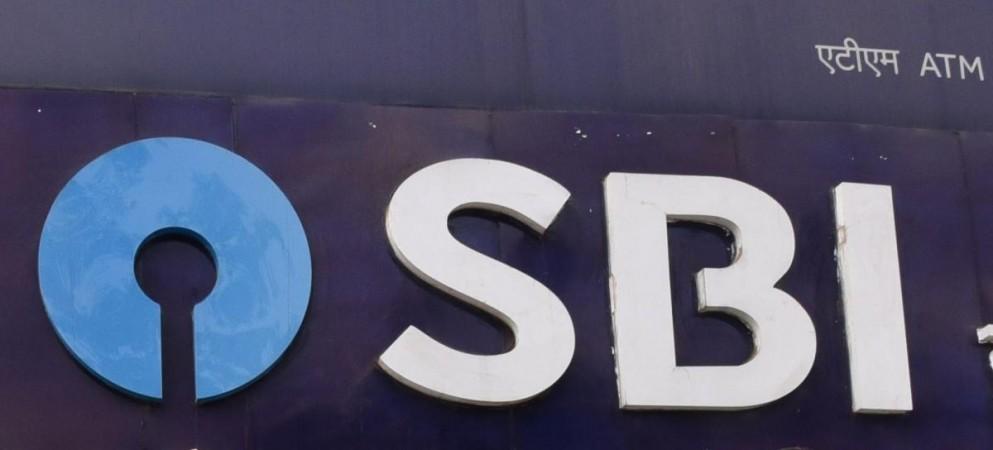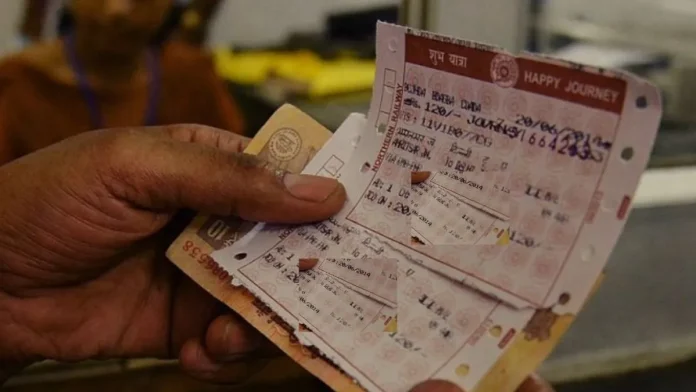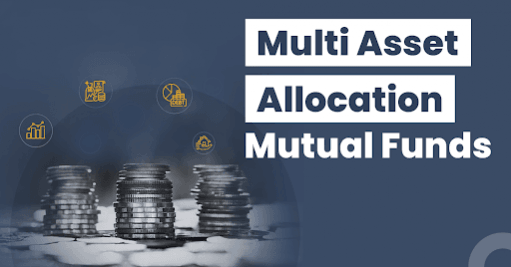In today’s ever-changing market conditions, investors need a strategy that provides not only growth but also protection against market volatility. This is where the Bajaj Finserv Multi Asset Allocation Fund comes in, offering a balanced approach with a mix of equity, debt, and commodities such as gold and silver. This dynamic trio of asset classes can provide both potential growth opportunities and stability, ensuring that your investments stay on track no matter how the market behaves.
Why a mix of equity, debt, and commodities?
Each asset class – equity, debt, and commodities offers unique advantages. Equity investments have the potential for relatively better returns, especially when you invest in growth-oriented companies. Debt investments, on the other hand, relatively provide stability and regular income. Gold, historically known as a stable asset, helps protect your portfolio from inflation and currency devaluation. Silver can also act as a hedge against inflation and offer growth potential. By combining these three assets classes, Bajaj Finserv Multi Asset Allocation Fund aims to offer a well-rounded solution for investors seeking long-term growth while minimising risk.
Growth through dividend-paying equities
One of the key components of this fund’s strategy is its focus on equity investments, specifically in companies that pay high dividends. Dividend-paying companies can provide a steady income stream, especially when reinvested for compounding returns. Bajaj Finserv Multi Asset Allocation Fund carefully selects companies with a potentially strong track record of consistent dividend growth. These companies not only offer regular income but also have the potential for long-term growth, making them a suitable option for investors.
The fund focuses on companies with high dividend payouts and robust growth potential. It ensures that the companies selected have sustainable dividend payout ratios, meaning they can continue to pay dividends while maintaining a healthy financial profile. This focus on sustainable growth makes the fund a suitable choice for investors looking for stability in their equity investments.
Debt investments for stability
While equity investments can provide relatively higher returns in long term, they also come with a level of volatility. To counterbalance this, Bajaj Finserv Multi Asset Allocation Fund also allocates a portion of its assets to debt investments. Debt is an important tool for providing stability in uncertain market conditions. This fund focuses on short-to medium-term debt investments, which are positioned to take advantage of the prevailing interest rate cycles.
When interest rates rise, debt investments can lock in higher yields, resulting in better income flow. On the flip side, when interest rates fall, the value of existing debt investments may increase, providing the fund with potential gains. This dual strategy allows the fund to adjust to changing market conditions and keep investors’ portfolios resilient.
Role of commodities in the portfolio
By including gold and silver in its portfolio, the Bajaj Finserv Multi Asset Allocation Fund can also offer protection against inflation and currency devaluation. Gold, in particular, is considered a hedge against inflation, providing a layer of stability to the overall investment.
The inclusion of commodities in the Bajaj Finserv Multi Asset Allocation Fund gives investors a well-rounded portfolio.
Diversification: The key to managing risk
One of the most important benefits of the Bajaj Finserv Multi Asset Allocation Fund is diversification. By spreading investments across equity, debt, and commodities, the fund minimises the risk associated with any single asset class. Diversification ensures that if one asset class underperforms, the others can potentially offset the losses, providing stable returns over time.
Moreover, the fund’s strategic approach to asset allocation helps navigate market volatility. Whether the market is experiencing growth or facing downturns, this multi-asset approach aims to provide consistent performance. The fund’s versatility across different market conditions makes it a suitable option for investors who want to mitigate risk while still aiming for potential returns.
Who should invest in Bajaj Finserv Multi Asset Allocation Fund?
This fund is suitable for a wide range of investors, particularly those who want to reduce the volatility associated with pure equity investments. If you’re someone who is venturing into equity investment for the first time or prefers a more balanced approach, the Bajaj Finserv Multi Asset Allocation Fund may be a suitable choice.
The fund is also suitable for investors who seek professional asset allocation. Instead of making individual investment decisions, you can rely on the fund’s experienced managers to handle the allocation across equity, debt, and commodities. This ensures that your investments are managed efficiently, with the goal of achieving reasonable returns over the long term.
Taxation benefits and long-term growth
Investing in the Bajaj Finserv Multi Asset Allocation Fund offers tax benefits that make it even more suitable. Equity investments in this fund come with tax advantages, including the possibility of long-term capital gains tax benefits, which can be a suitable way to grow wealth over time. With a focus on long-term growth, this fund allows investors to take advantage of these tax benefits while diversifying their portfolios.
Conclusion
The Bajaj Finserv Multi Asset Allocation Fund is a suitable investment choice for those looking to balance growth with stability. By investing in a combination of equity, debt, and commodities, the fund offers a diversified approach to navigating market uncertainty. Whether you’re new to equity funds or a seasoned investor, this fund provides the tools you need for long-term growth.
If you’re looking for a way to invest in equity funds while also ensuring stability and mitigating volatility impact on your portfolio, the Bajaj Finserv Multi Asset Allocation Fund offers a balanced, versatile solution.

